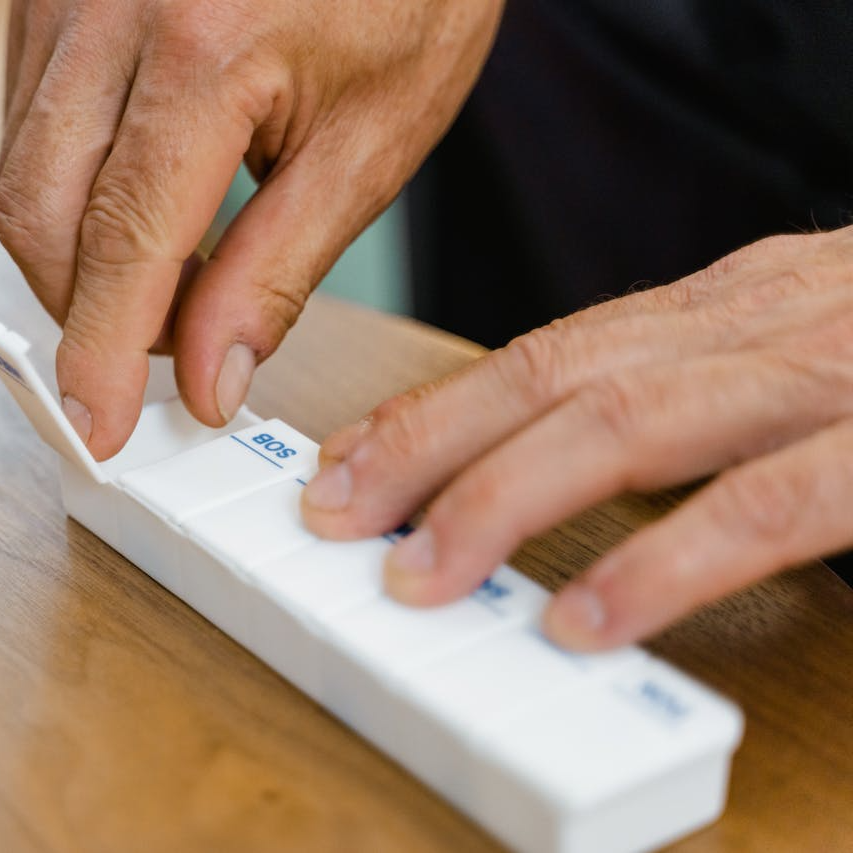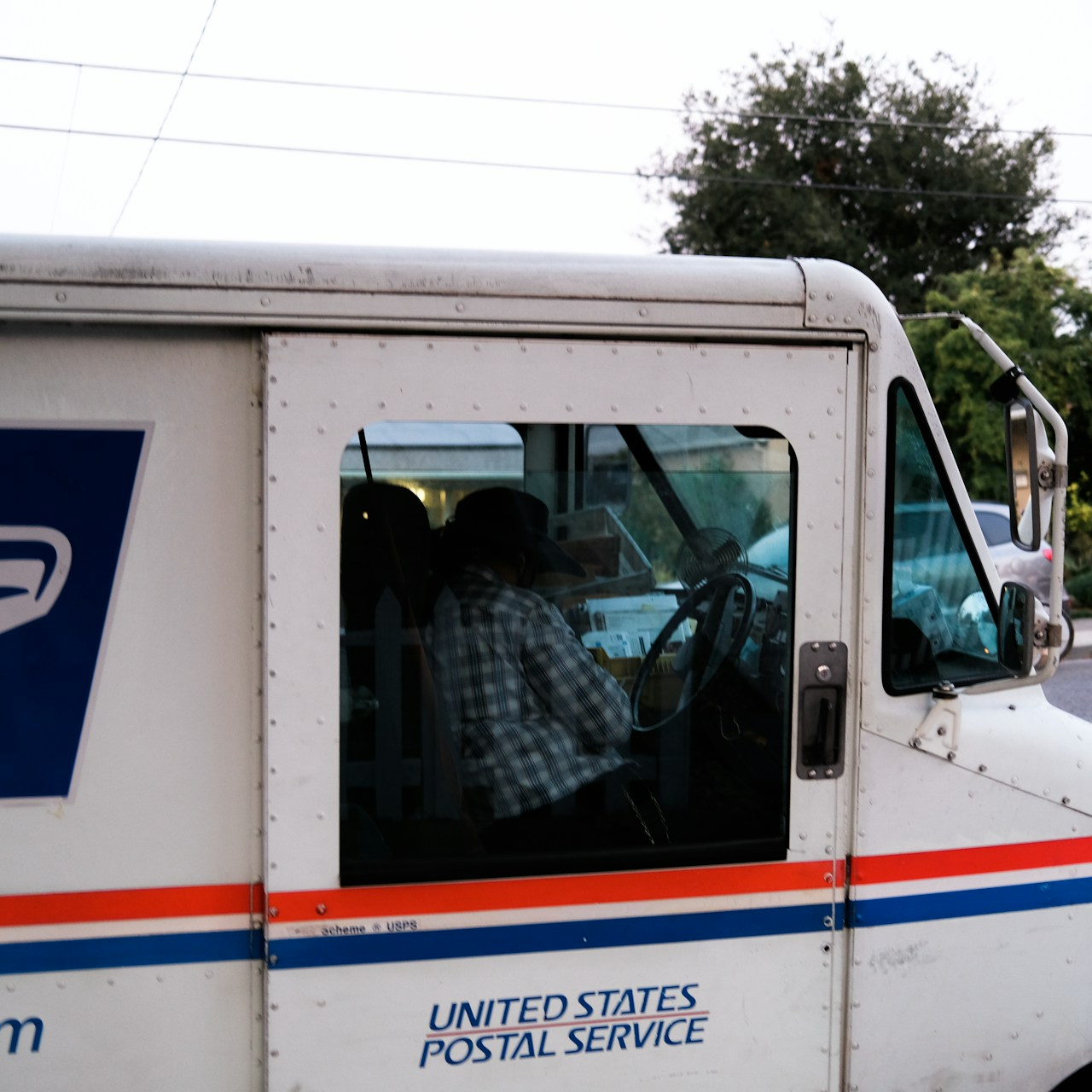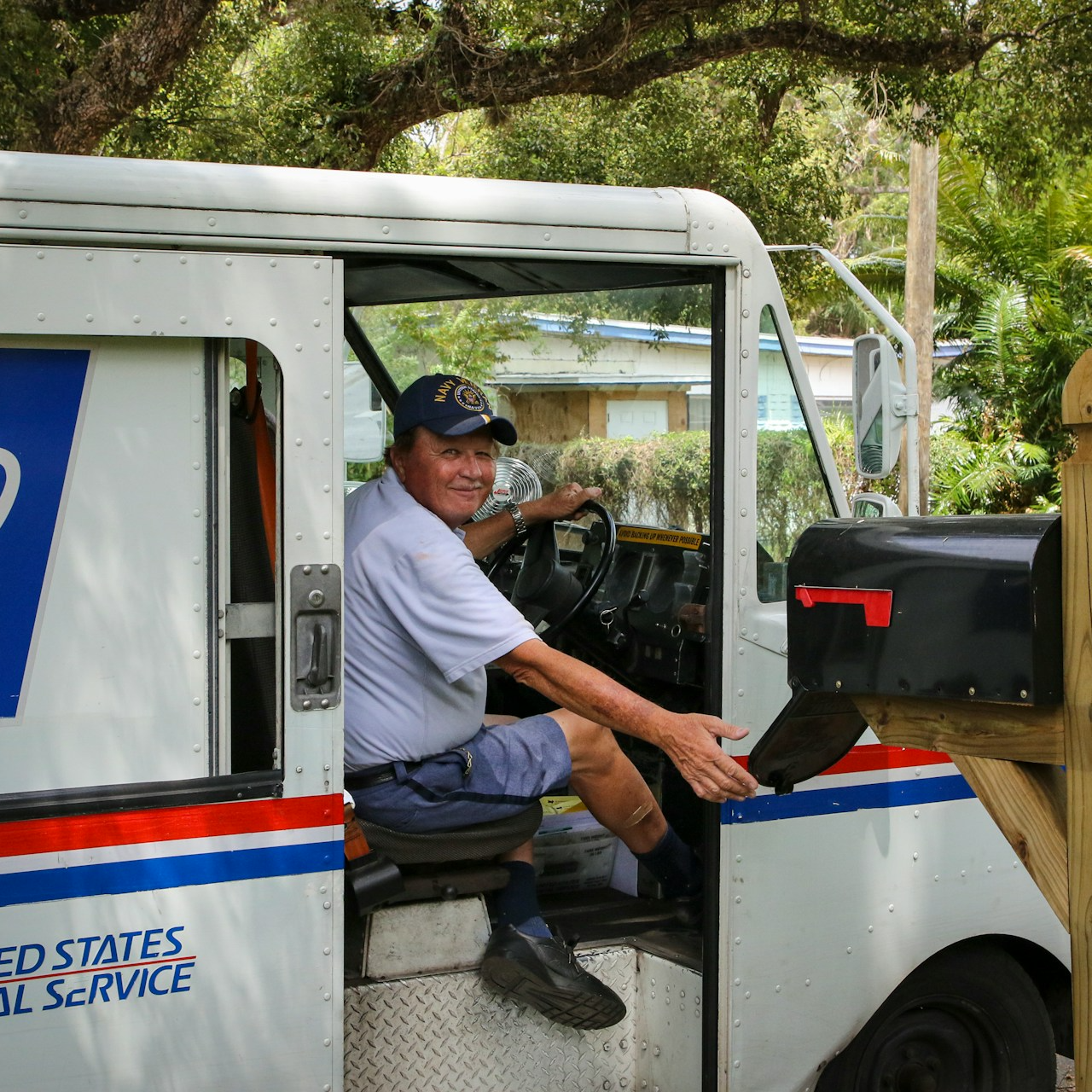Key Takeaways
-
The Postal Service Health Benefits (PSHB) Program is not a simple rebranding of the Federal Employees Health Benefits (FEHB) Program. It has distinct rules, requirements, and cost-sharing structures that significantly affect your healthcare decisions.
-
Understanding the PSHB’s Medicare Part B integration and prescription drug coverage changes is critical for making informed choices during Open Season and beyond.
A Shift in Structure, Not Just in Name
When the Postal Service Health Benefits (PSHB) Program officially replaced FEHB coverage for USPS employees and retirees on January 1, 2025, many assumed it was a cosmetic change. After all, the plans look similar at a glance, and the same Open Season window still applies from November to December each year. However, dig beneath the surface, and you’ll find several meaningful distinctions.
These changes affect your contributions, Medicare obligations, prescription drug benefits, and even your eligibility to remain covered. It’s not just a new label on an old package. It’s a fundamental shift in how your health benefits are managed.
1. Different Enrollment Structure and Management
While FEHB was open to all federal employees and retirees, PSHB is exclusively for United States Postal Service (USPS) employees, retirees, and their eligible family members. If you retired from a non-USPS federal position or have non-postal federal family members, their coverage remains under FEHB.
For Postal retirees and annuitants, enrollment now takes place through platforms such as KeepingPosted.org, while current employees use LiteBlue.
Key Dates
-
The final Open Season for USPS retirees under FEHB was in late 2024.
-
Starting January 1, 2025, all PSHB participants are fully transitioned, and new enrollments or changes must be made within PSHB.
2. Medicare Part B Is No Longer Optional for Some
One of the most significant structural changes in PSHB is the new Medicare Part B requirement. Previously, under FEHB, retirees had the flexibility to delay or decline Part B enrollment without losing health coverage.
Under PSHB, this changes. Medicare-eligible annuitants and family members must enroll in Part B to maintain PSHB coverage, unless they qualify for one of the following exemptions:
-
You retired on or before January 1, 2025, and are not enrolled in Medicare Part B.
-
You were an active USPS employee aged 64 or older on January 1, 2025.
-
You live outside the United States and U.S. territories.
-
You are receiving health benefits through the VA or Indian Health Services.
Failure to enroll in Medicare Part B when required can result in the loss of PSHB medical coverage.
3. Prescription Drug Coverage Now Integrated with Medicare Part D
Another area where the FEHB-to-PSHB transition alters expectations is prescription coverage. With FEHB, drug coverage was bundled into the health plan itself, without a separate Part D plan.
In PSHB, if you’re Medicare-eligible and enrolled in Part B, you are automatically enrolled in a Medicare Part D Employer Group Waiver Plan (EGWP) for prescription drug coverage. This shift brings several consequences:
-
You benefit from a $2,000 out-of-pocket cap on prescription drug costs starting in 2025.
-
Your insulin copays are capped at $35 per month.
-
You gain access to a wider pharmacy network and greater formulary control.
However, opting out of the Medicare Part D plan (EGWP) could mean losing drug coverage entirely under PSHB, and re-enrollment is limited to specific circumstances.
4. Different Cost-Sharing Ranges for Services
Cost-sharing expectations under PSHB are often underestimated. While many plan structures mirror those from FEHB, the actual copayments, coinsurance rates, and deductibles in PSHB are typically more structured toward incentivizing Medicare coordination.
Typical Cost Ranges in 2025 (General Estimates)
-
Primary care copays: $20 to $40
-
Specialist visits: $30 to $60
-
Urgent care: $50 to $75
-
Emergency room: $100 to $150
-
In-network deductibles: $350 to $500 for low-deductible plans; $1,500 to $2,000 for high-deductible plans
-
Coinsurance rates: 10% to 30% in-network; up to 50% out-of-network
-
Out-of-pocket maximums: $7,500 (Self Only); $15,000 (Self Plus One or Self & Family)
These numbers are broad benchmarks. Medicare integration may reduce many of these costs if you’re eligible and enrolled, but not always. Reviewing the plan brochure is crucial.
5. Automatic Enrollment Doesn’t Mean Automatic Suitability
For those previously enrolled in FEHB as a USPS annuitant, automatic enrollment into a corresponding PSHB plan happened in January 2025. However, “corresponding” doesn’t mean “optimal.”
-
Plan networks may have changed.
-
Some benefits may have been reduced or increased.
-
Prescription formularies may no longer cover the same drugs.
You were auto-enrolled to prevent a gap in coverage, but the only way to ensure that the PSHB plan still meets your needs is to proactively review it each Open Season.
6. The Federal Government’s Contribution Remains, But the Formula Is USPS-Specific
Both FEHB and PSHB follow the general formula where the federal government pays approximately 70 to 75% of your health plan premium. However, under PSHB, this formula is tailored for USPS-only participants, separate from the broader federal pool.
This means your premiums are calculated based on:
-
USPS-only risk pool
-
Separate premium tiers for Self Only, Self Plus One, and Self & Family
-
Distinct administrative cost structures
This separation could mean lower or higher premiums compared to similar FEHB plans, depending on your health plan choice and family composition.
7. Eligibility Rules Are Tighter and More Specific
PSHB eligibility is not universal like FEHB. Instead, it’s confined to the following:
-
USPS career employees
-
USPS annuitants and survivors
-
Family members eligible under OPM rules (spouse, children under 26, or disabled adult children)
Non-postal federal employees and retirees must remain in the FEHB system. If you have a mixed household (e.g., one USPS retiree and one non-postal retiree), it’s critical to evaluate how PSHB affects your joint coverage.
8. Open Season Is Still Key, But Qualifying Life Events (QLEs) Are Crucial Too
Open Season from November to December remains your window to make changes. But PSHB participants must now be even more aware of Qualifying Life Events (QLEs) because of the Medicare integration and prescription drug rules.
QLEs include:
-
Retirement or reemployment
-
Loss of other insurance
-
Marriage or divorce
-
Birth or adoption
Failing to report a QLE in a timely manner could delay or deny access to needed benefits or enrollment changes.
9. PSHB Plans Emphasize Medicare Advantage-Like Benefits, Without Being MA Plans
While PSHB is not a Medicare Advantage program, the structure of many PSHB plans now mimics aspects of Medicare Advantage:
-
Integrated prescription benefits
-
Care coordination incentives
-
Lower cost-sharing when Medicare Parts A & B are active
-
Wellness and preventive care features
This shift is part of an overall strategy to encourage enrollees to coordinate with Medicare for cost savings. However, it’s important to know that PSHB plans remain federal employee health plans, not private Medicare Advantage plans.
Why It Matters to You Now
As a USPS employee or retiree, you no longer operate within the same framework as other federal workers. PSHB is your exclusive system, and it comes with new responsibilities.
You must:
-
Understand your Medicare obligations
-
Actively review your plan options during Open Season
-
Reassess drug coverage annually
-
Monitor any QLEs and respond within required timeframes
Your healthcare coverage is now linked more tightly to your participation in Medicare, and missing deadlines or ignoring changes could result in costly penalties or gaps in coverage.
Your Next Move Shapes Your Future Healthcare
PSHB might look familiar if you’ve been with FEHB for years, but beneath that familiarity lies a series of programmatic shifts that directly affect your coverage, costs, and responsibilities. Take control of your health benefits by staying informed, especially as new rules take full effect in 2025.
If you need assistance evaluating your current plan or understanding the Medicare Part B requirements under PSHB, connect with a licensed agent listed on this website. They can help you understand how your choices impact both your out-of-pocket costs and your long-term coverage.












